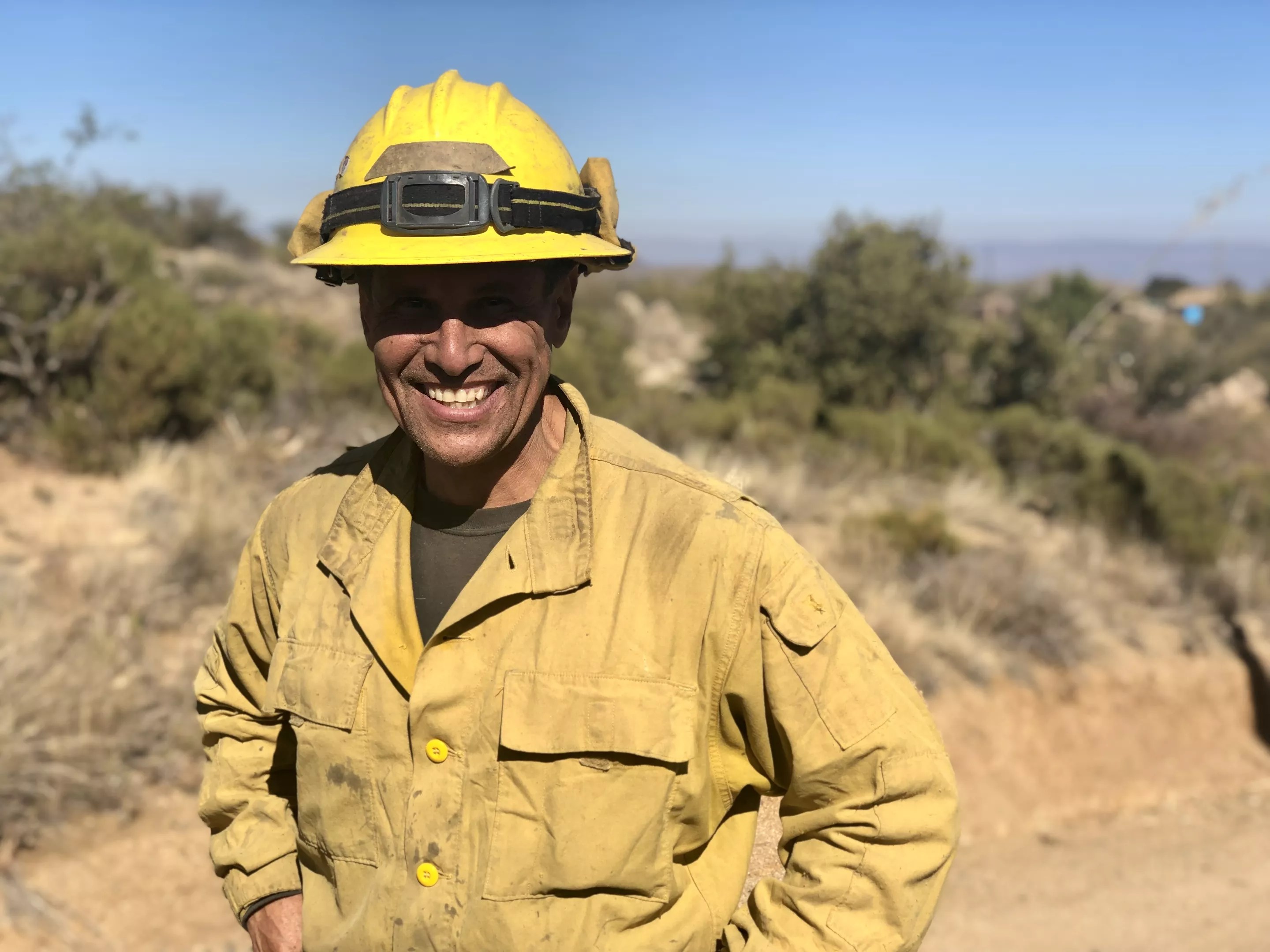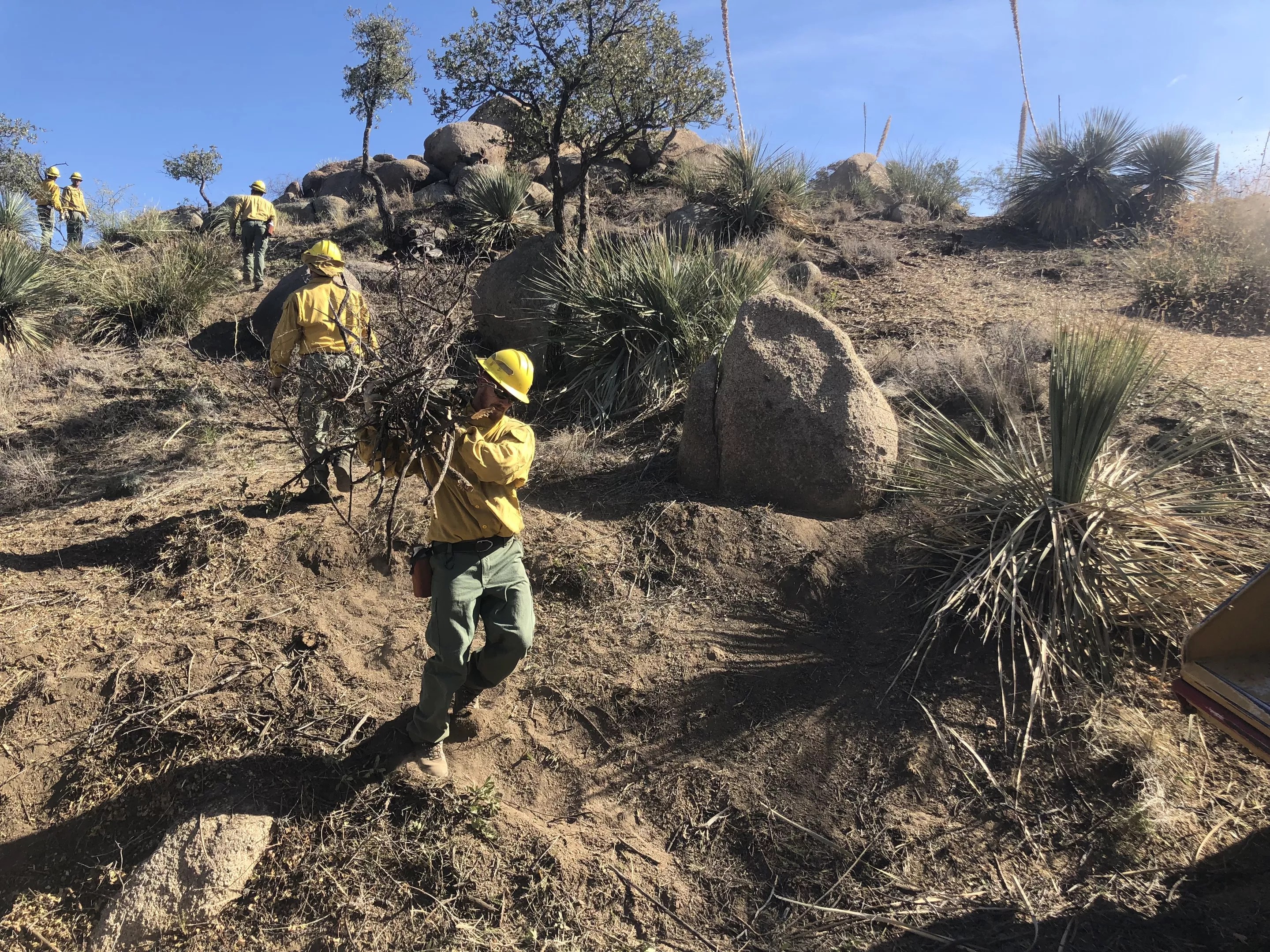
Hannah Critchfield

Audio By Carbonatix
People incarcerated inside Florence State Prison process eggs for Hickman’s Family Farms. They train wild horses and donkeys for the U.S. Bureau of Land Management, prepare bobbins for sewing, package animal feed used throughout the state, and irrigate the farmland surrounding nearby towns. Some of them put their lives on their line by fighting wildland fires.
After the facility closes, will inmates return to this work?
With Governor Doug Ducey’s announcement earlier this month that he was closing the facility, to the shock of town officials and criminal justice reform advocates alike, inmates wonder if they will be able to return to their same jobs upon relocation to a new facility.
Officials facilitating the process have remained relatively opaque on these details, with one exception.
Phoenix, make your New Year’s Resolution Count!
We’re $14,000 away from our End-of-Year campaign goal, with just a five days left! We’re ready to deliver — but we need the resources to do it right. If New Times matters to you, please contribute today to help us expand our current events coverage when it’s needed most.
On Friday, the Department of Corrections has confirmed that Florence prisoners who are also firefighters employed by the state will continue their work together – crews will be relocated en masse, allowing them to maintain the partnerships they’ve developed with one another over their years spent fighting fires throughout the state.
Shutting Down a State Prison
Ducey made the announcement that he’d be closing the aging prison complex in Florence during his January 13 State of the State address, saying the move would save taxpayers more than $270 million.
Upon the closure, prisoners would be relocated to a variety of county facilities and private prisons, according to a press release the Governor’s Office sent following the announcement. The office said death-row inmates would be sent to Eyman prison, a nearby complex, but otherwise have not released specific details of which prisoners would go to which facilities.
Florence prison currently houses nearly 4,000 men, many of whom are employed in work programs the facility facilitates through partnerships with private companies and interagency agreements. For instance, Arizona sends an estimated 1,380 inmates throughout the state to work each day through Arizona Correctional Industries, a “self-funded” company that facilitates private contracts with companies like Hickman’s Family Farms and the Arizona Department of Transportation Motor Vehicles Division.
Because future facilities are operated by for-profit companies or townships with local jurisdiction over their jail systems, questions remain about how easily these programs will transfer to Florence inmates’ new places of residence.
“These successful programs are a positive way we are working to give inmates a real second chance, help them re-enter society after their release and reduce recidivism in our communities,” said Bill Lamoreaux, spokesperson for the DOC. “Decisions on where specific programs will move haven’t been made yet, but these programs are an ongoing commitment and priority for us.”
The only prisoners guaranteed to keep their current job, Lamoreaux confirmed, are wildland firefighters, regardless of where they relocate.
“I have confirmed that the fire crews will remain together after relocations has been completed,” Lamoreaux said in an emailed statement.
The Wildland Firefighters Program
Prison labor, long criticized for its ethical implications, is well-woven into Arizona’s economy. ACI estimates that it earned the state over $200 million last year through for-profit company partnerships, with its prisoners paid around $1 an hour for their labor. Besides the meager pay, prisoners get no worker’s compensation should injuries occur on the job. Yet some view their work as a form of rehabilitative programming – a source of discipline and a possible path to future employment upon release that could reduce recidivism. Florence State prisoners working as firefighters on a “firewise” project in Oracle. Hannah Critchfield
Nowhere is this more evident than in the wildland firefighters program, which allows low-level prisoners to train and become certified to combat fires throughout the state. Through a partnership struck in 1984 between DOC and the Department of Forestry and Fire Management to address a shortage of professional firefighters in the state, prisoners wear the same uniforms as nonincarcerated firefighters, and work in tandem with crews throughout the state.
By state law, the prisoners are paid $1.50 an hour for time spent fighting fires, and $1.25 for project work out in the field. Firefighter inmates at Florence, which currently houses two firefighting crews of about 20 people each, boast of the program’s personal impact on their lives.
“I know I want to pursue this after – this has made me find a career path after my incarceration,” said Adam Tronnier, a firefighter on the Florence crew, in a previous article. “That’s huge, really. It’s an identity that I’ve found. I’m not just an inmate, I’m a part of this crew. It makes you proud of who you are.”
“It’s fantastic to hear that we’re staying together,” Francisco Aguirre-Proano, who is also a Florence crewmember, said over the phone on Friday. “I can’t wait to spread the word to the other guys.”
Florence prison could take up to two years to fully close, according to the Governor’s Office.